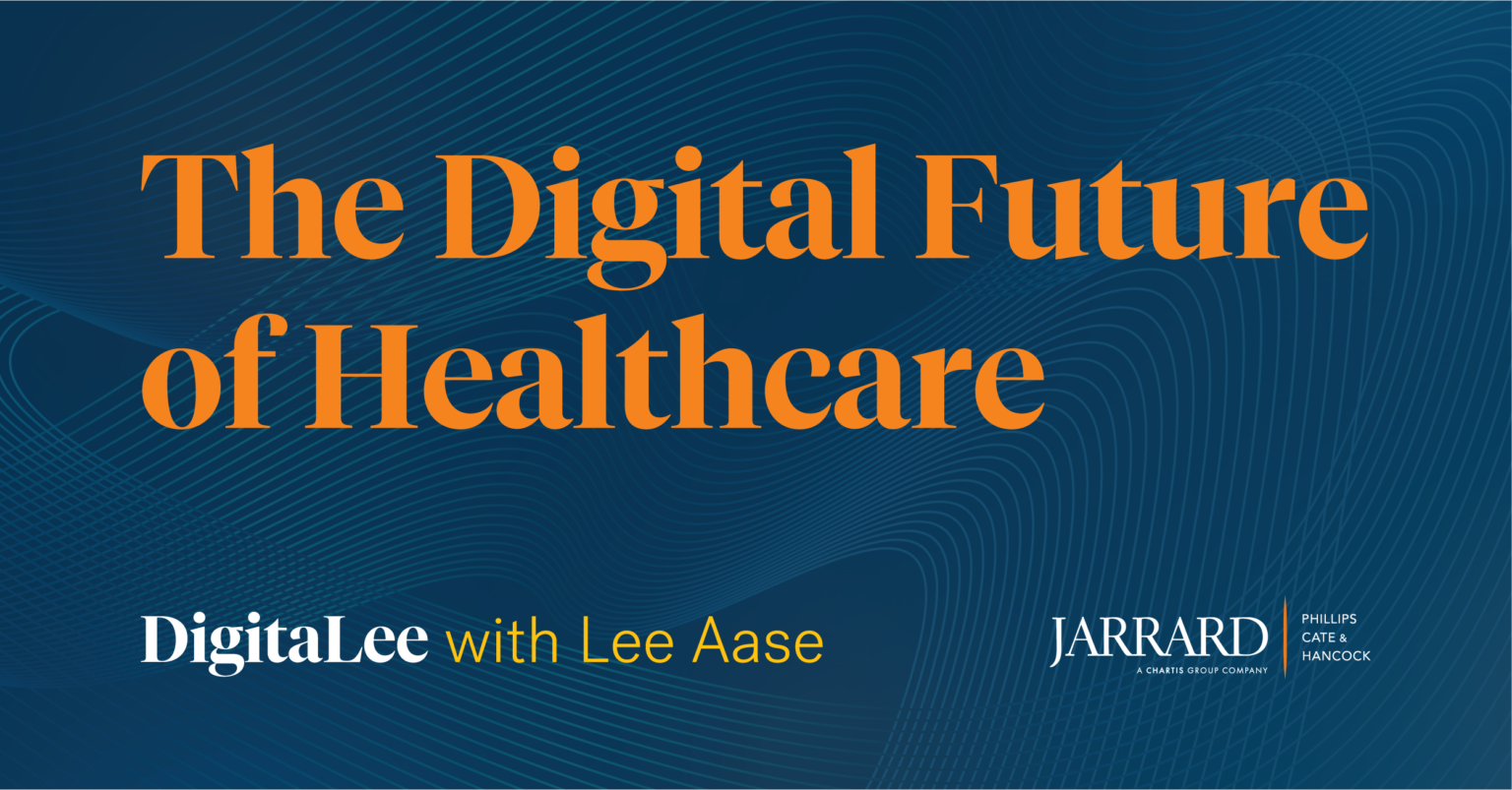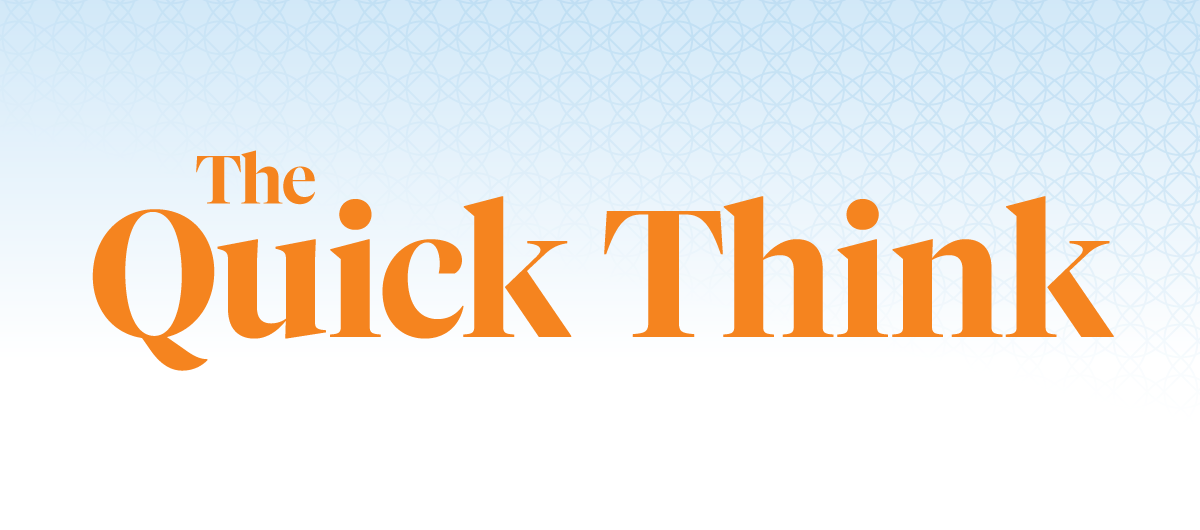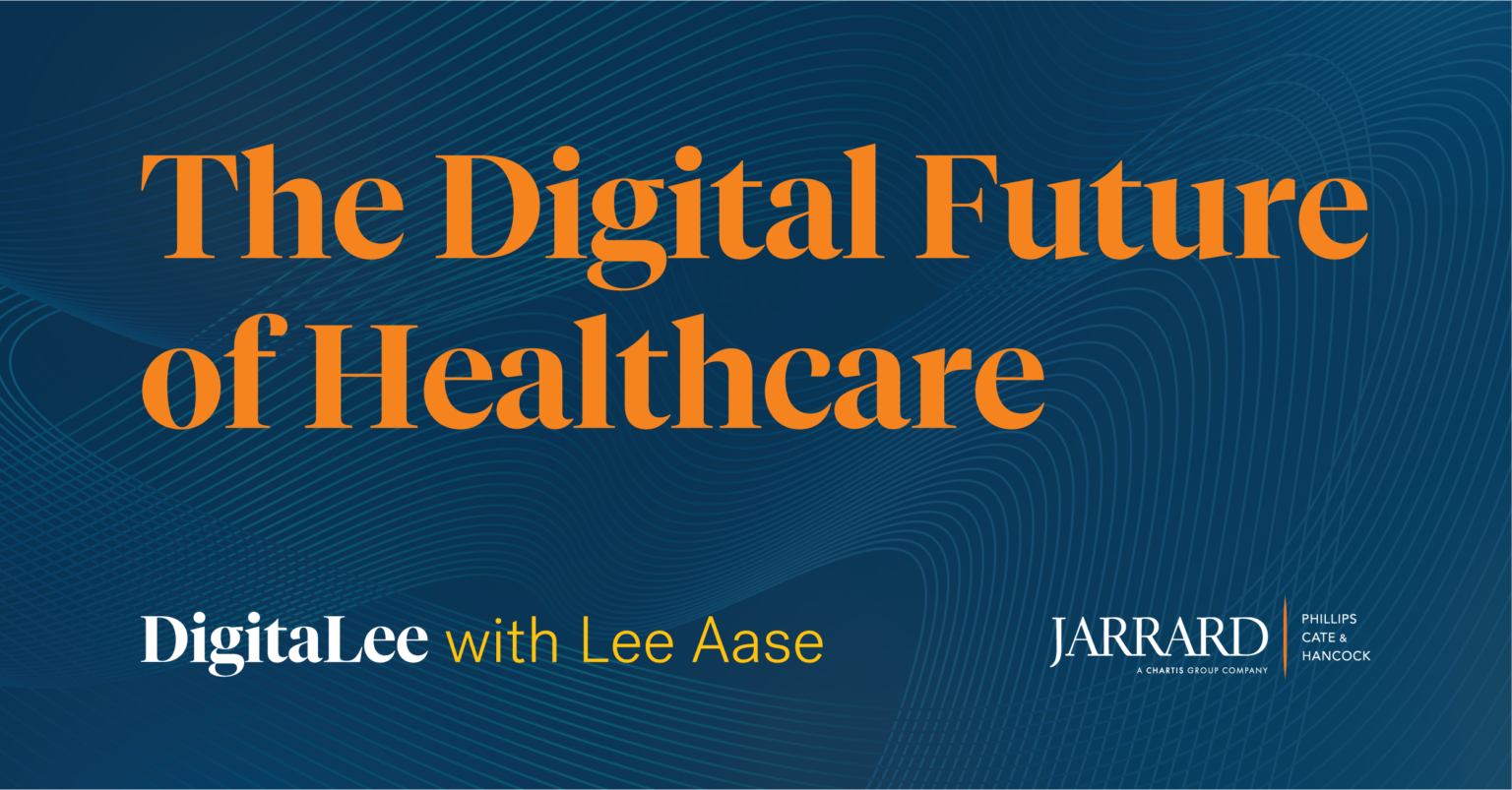
Welcome to DigitaLee, the podcast for healthcare marketers, where we look at the digital news, tools, tips and tricks for effective healthcare communications. This week, David Shifrin and digital healthcare pioneer and now healthcare entrepreneur Lee Aase are looking at digital-first healthcare – haven’t we been talking about that for years, now? – whether more obscure social media sites like Parler that tend to attract subsets of wider society are worth healthcare’s time, and how healthcare leaders and execs can balance the personal nature of social media with the value of promoting their organization’s brand.
Listen and subscribe to the podcast, or read the transcript below.
Episode Links
Read the Transcript
David Shifrin: So the headline that we’re going to be talking about this week, the news story is titled, it’s from HIMSS Healthcare IT news, and it says, “Like Banks, Healthcare will become Digital-First in 2022.”
And there’s a comma and the rest of the title is “Zoom Healthcare Lead Says.” So Lee, I saw this, and thought there’s a headline I have seen in some form or fashion, probably every four months for as long as I’ve been doing this, which hasn’t been that long, but it’s been more than 2022. And it even starts with digital transformation as the topic du jour in healthcare today.
So we’re all talking about it. And everybody’s talking about the digital front door and care delivery being pursued through digital means and hospital at home and all the rest. Is 2022 really the point at which healthcare goes digital first, or is this the optimistic view of a guy from Zoom who has a vested interest in that being true?
Lee Aase: Stock options and stuff, right?
David Shifrin: And stuff, trying to boost things after things have come back down to earth after the pandemic, the pandemic bounce.
Lee Aase: Well, so I think digital first is overstating it. I think digital first is, yeah, it is that thing that a Zoomer would say. I think it’s, there’s no doubt that with COVID digital has made huge strides. That’s just clear. Back when I was working at Mayo clinic, we had some goals for digital going into 2020, and then it was astonishing how quickly things moved because they had to, necessity being the mother of invention. The offspring were a whole bunch of innovations that really were, it made a difference. I think the way reimbursements have changed or did change at least during COVID to say that you didn’t have to be face-to-face to get reimbursed at a reasonable level.
And so because of that it made the telemedicine, made the virtual care much more attractive, much more viable, just economically viable for organizations. I would like to say digitally enhanced is the way of 2022 and hopefully beyond, because I think it needs to be human first.
So the analogy that was used in this article was about banks. Okay. People care about their bank. People care about their money. Not as much as their health and it’s not as personal to them. Banking is much more transactional. And for example, I just deposited a check with my mobile app and that’s perfect.
And like the whole thing about not… just before we were on today, ATMs used to be the big thing. Wow, you don’t even have to stand in line at the teller. I mean, so that the convenience of that, and that’s what it really has to be all about, ‘Is it for the patient’s convenience?’
Is it for the good of the patient or is it just to drive profitability and make it more efficient for providers? So I think from my perspective, I know in a future episode we’ll talk about the other little venture that I’m working on right now personally, but really with that, we’re wanting to establish that human relationship and then use digital where it makes sense for the patients.
If it makes sense to do a phone call or a video visit, because it would be inconvenient to bring the kids in for…to be seen, then yeah. But we don’t want to say if you want your lab results, you need to log into the portal and here are the instructions as to how to do that. No, you can actually talk to a nurse. We’re glad to talk, or your doctor who’ll talk to you.
So I think digital can be a, can and will be a huge enabler and can create some huge efficient…in fact, a lot of the stuff that we’re doing with this new clinic that I’m helping my good friend start, my physician friend start, a lot of what we’re doing wouldn’t have been possible without digital, just in terms of being able to get this going. Having electronic medical record that is cloud-based and that we like, don’t have to have the huge IT expenses; it’s pretty astonishing what digital can make happen. But if that becomes first, digital first is a buzzword, and that’s what the HIMSS guys and the Zoom guys are gonna go for.
But if we lose sight of the human relationship then, and if it becomes not just, not a means to the end of more satisfied patients then we’ll be missing the mark.
David Shifrin: Let’s take a look at the platform or the platforms of the week and in the notes I sent over, it’s Parler, but as you’ve pointed out before, there’s a bunch of these, and we’ve some folks ask about quote unquote, that Twitter alternative, which we assume to be Parler, but that could just be a catch all for things that aren’t the Instagram, Facebook, Twitter.
Lee Aase: Yep.
David Shifrin: With a lot of these, and we talked about this in the previous episode, these are coming about because people feel like they don’t have a place to talk about issues that matter to them. So they are highly politicized, and Parler in particular, tend to cater to specific political segments.
And that also does feed into, I think, to an extent into more of a mistrust of institutions of healthcare. I don’t know if you want a say an establishment, but that potentially that’s there too. So, you know, as you look at all, all these upstart platforms, because at one point Twitter was an upstart and Facebook was and everything else – RIP MySpace – do you see any indication that these are places that healthcare providers should be getting involved in? Is it flash in the pan? What are you thinking about?
Lee Aase: I would suggest this is a – to use the medical term – it’s as a watchful waiting approach that you would apply here. But also I’d start by listening. you can create an account personally if you’re a healthcare marketer or communicator. Get familiar with what’s happening there.
You don’t have to speak, you can be one of the lurkers and just see what people are saying. And maybe try some experiments if you think it makes sense, but I think not paying attention to them at all as the wrong approach.
But I also think given the tenor that will likely be there in most of these platforms, running out there with a whole bunch of establishment kind of messages you’re probably getting the equivalent of a ratio there.
David Shifrin: Yeah.
Lee Aase: On those platforms too. But I do think it’s like, you know, in politics you have to get 50% plus one. Marketers are all about tenths of a percent of market share at the lower end of things and making a big difference in their bottom line by how well they’re reaching people. And so, unless you want to say that this segment of the population is just, we just shouldn’t, don’t even want to treat their kind, you know, then you should be paying attention.
You should at least be hearing what they’re saying and seeing if there’s a way that you could effectively communicate there. But I wouldn’t, I wouldn’t rush into it and say okay, everybody has to have a Rumble page, a Rumble channel and put all their videos on Rumble too.
But I think not at least listening is you know, making the problem worse.
David Shifrin: All right. Last one. The tip let’s…we’ve talked about social media policies, and let’s talk here more specifically about good ways for leadership as individuals to use social media. How do folks in leadership positions in the executive suite build trust and credibility and come across as real people while also presenting valuable information about the brand or the organization as they need to?
And I mentioned before we started recording that I’d love to continue on this thread at some point about how almost the flip side of that is how brands can leverage the corporate voice versus the individual voice.
But let’s start sort of if you’re a healthcare leader how do you balance that and come across as a real person?
Lee Aase: Yeah well, I mean I think healthcare leaders who are going to be or have personal accounts on social media need to be engaged with them, need to be paying attention to them. There are certainly…any public figure who has a social media account is having other people help manage the account just because there’s such a volume of messages.
David Shifrin: Sure.
Lee Aase: But it needs to come across as authentic and that there needs to be some level of the person himself or herself speaking and engaging. And that if it’s all, if it’s all managed and not an individual being involved at all, it’s not going to be genuine. It’s not going to feel genuine and real.
And I think that’s part of what people are thirsting for, is that there would be that ability to, that this is a real person who personifies the brand who personifies the values of the organization. So I think one way, I mean, a lot of that can be accomplished through video by having just the CEO or other leader talking about things but I would say much more like a livestream and “ask me anything kind of thing” versus a highly produced thing with the drone footage, you know, where they’re, they’re coming
David Shifrin: Swooping into the CEO suite.
Lee Aase: Swooping into a CEO suite. It’s like, I mean, I understand there, are different brands that have the different fields and for some that might be just the, like maybe for Elon Musk.
Well, I mean, just let’s think like Elon Musk, okay. I mean, another good example of someone who you’re pretty sure that that’s authentic to who he is and he’s done okay for himself mostly.
David Shifrin: Yeah, it would be hard to ghost write for Elon Musk, he has his own style. That’s a good example because it does show and he does say some things that you can really “Wow, bro.” But he, as you say, he is incredibly successful and he has built real products and he has advanced his brand.
So it does show that people are interested in the human behind the brand. And in some cases they might be inextricable, but it’s not necessarily a bad thing.
Lee Aase: Yep.
David Shifrin: Okay.
Lee Aase: So that’s what I have to say about that.
David Shifrin: All right. Thanks, Lee.














